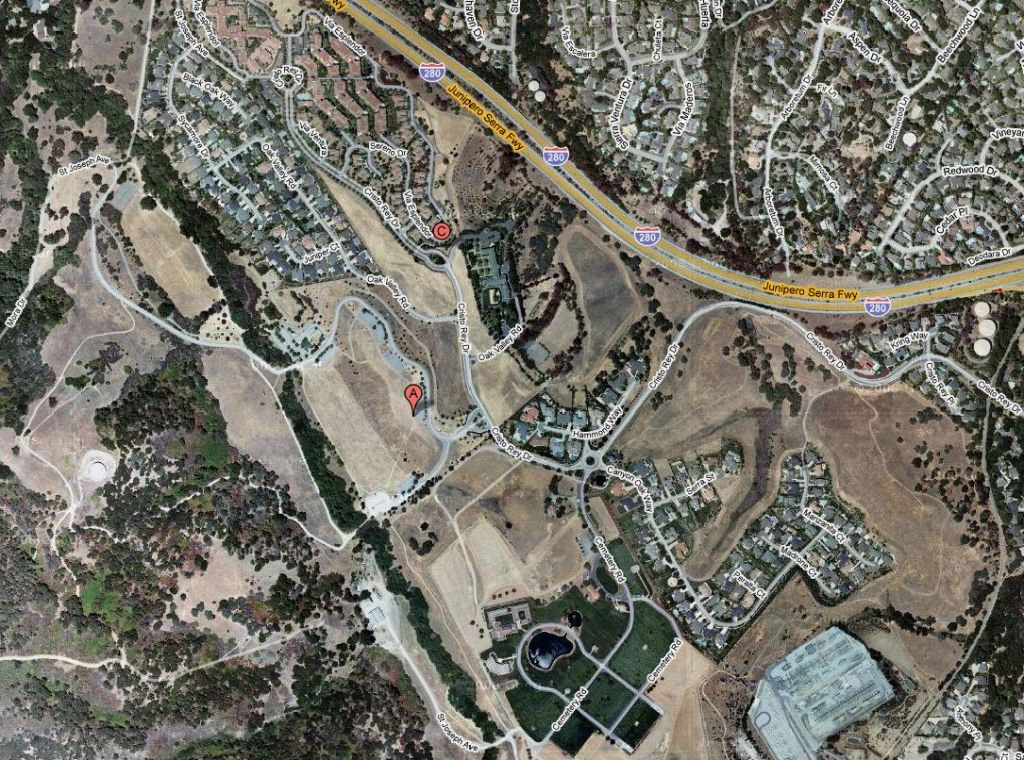Next, I used a long range Spektrum DX7 transmitter with dual channel and dual receiver AR7000 (giving 4 antennas and chances to receive the signal). This isn't park flying anymore, at those distances you want guaranteed control of the plane, it would suck that you can't make it turn back and come back to you. While my plane is reasonably slow speed and all foam and very unlikely to cause any personal harm or property damage due to the low kinetic energy, but you just don't want to take the chance.
Camera angle: obviously, it's important :) In my case I tried a few placements (see previous blog post)
Sometimes video looks like it was shot by a drunk person, but that's really because the video wasn't shot per se, I tried to fly the plane over the target the best I could from a fair distance.
The problems were twofold: first from a distance, it's hard to tell whether you're anywhere above your target, not not. Then, from a greater distance with a smallish plane, it quickly gets hard to know which way your plane is pointing. I even lost it in the sky a couple of times at Rancho when I was pushing distances.
First, I always made sure to have a full battery to start with, and a flight timed to only be half my battery capacity due to how I have to push the motor a lot more to sustain the extra weight, and also keep plenty of altitude so that I could make errors or have a chance to glide somewhere somewhat useful should I lose power (I hadn't quite planned for losing the prop like in the first Google/Shoreline video, but that one worked out quite well :)
Then, when I start to lose the plane and can't even tell which way it's pointing, I do gentle turns to raise a wing, making the plane more visible and the turn then shows me which wing is raised and which way the nose is pointing :)
(needless to say that this is somewhat pushing it a little bit, this may not work for you and you may just lose your plane into the horizon ;)
Now, given all this, it'll make more sense when I explain that given those conditions, and non live video (recorded onto SD and downloaded after landing), it is very hard to film something on purpose, so don't be too critical if you think videos were shot badly: that's because they mostly weren't shot :)
Now that this all out of the way, here are the videos and a few frames I hand picked:
First, flights around the Rancho San Antonio park:
Then, flights around Google and the Shoreline Amphitheatre:
Better flights of google and Shoreline Amphitheatre (especially 2nd video):





























































